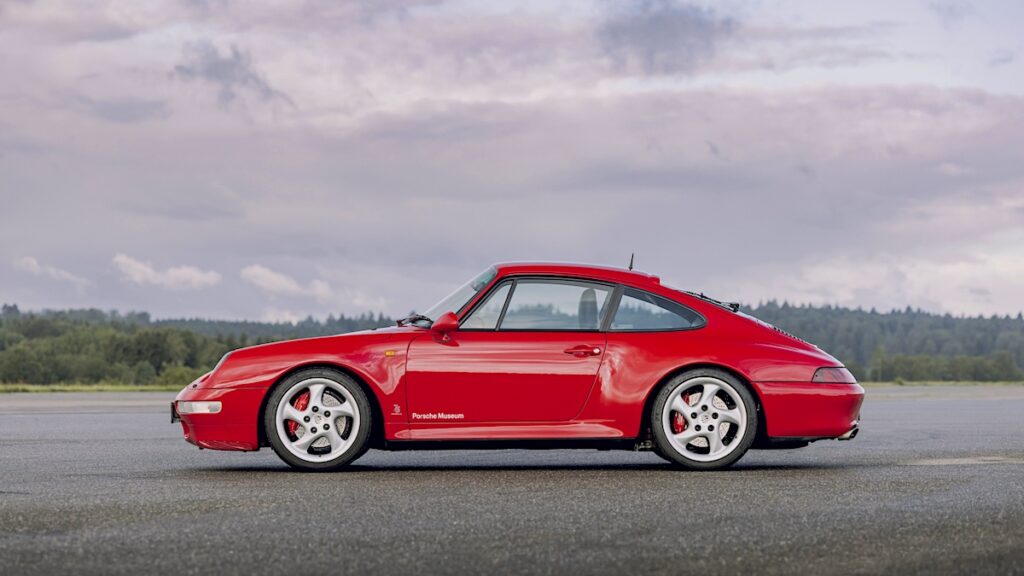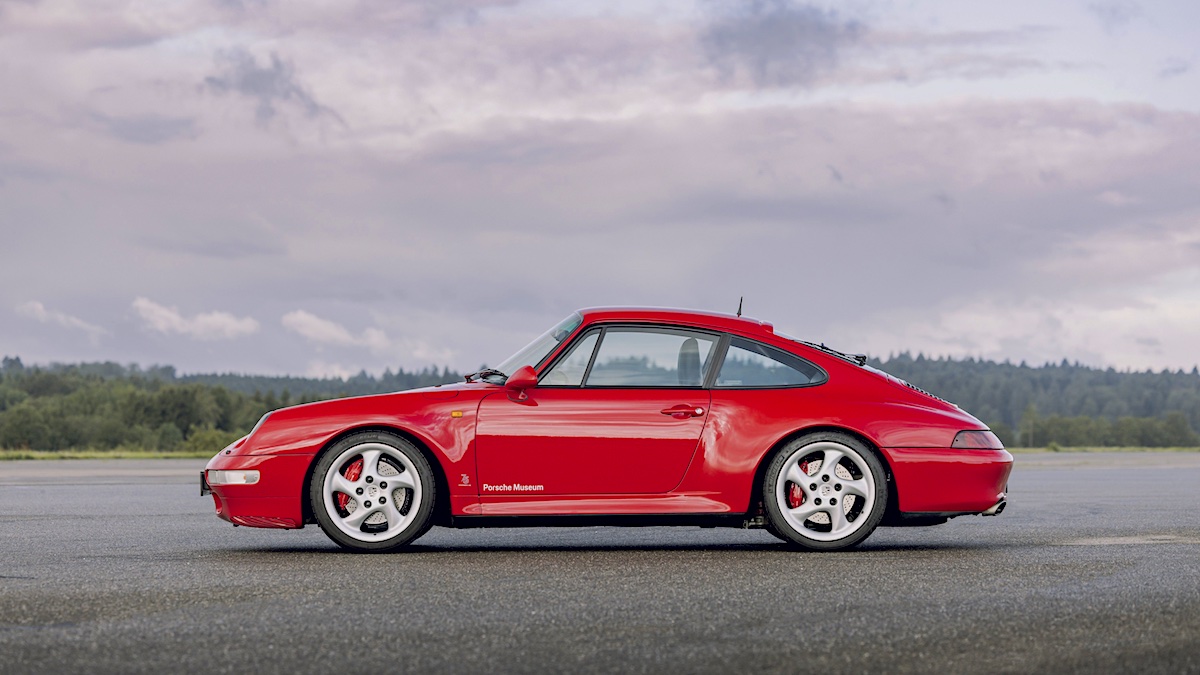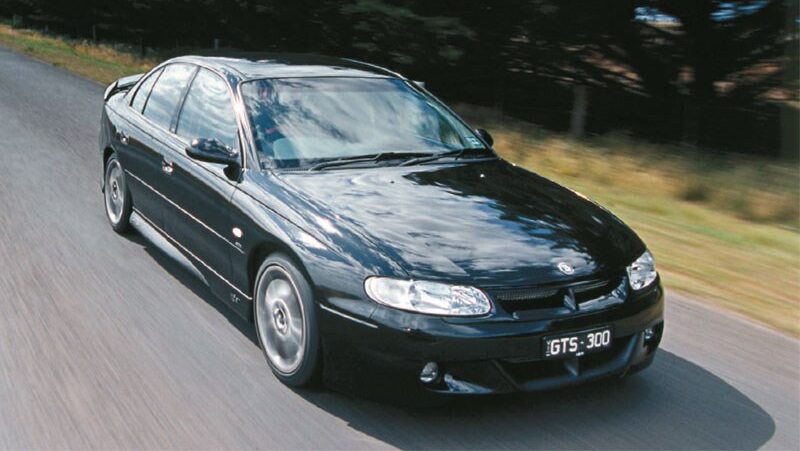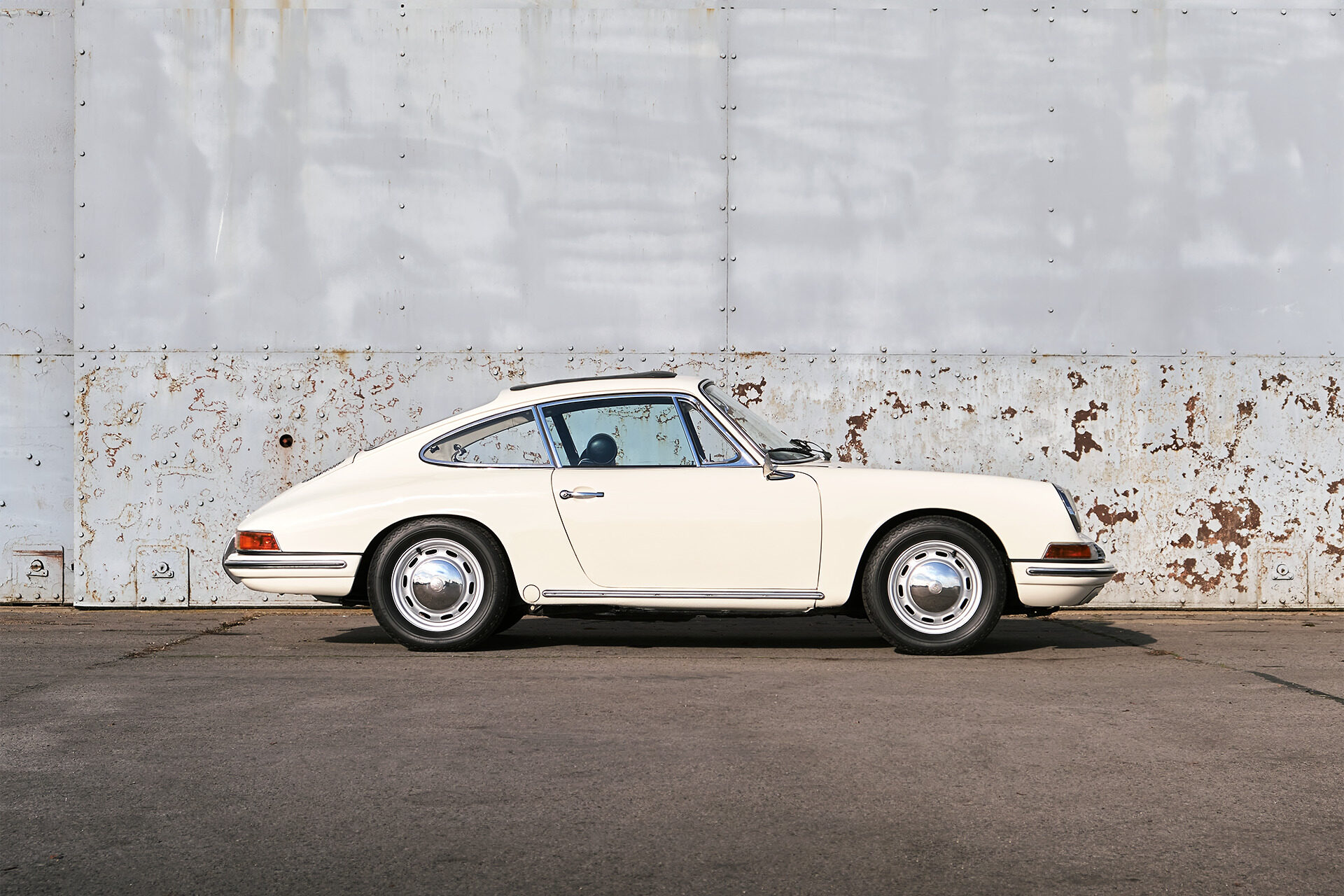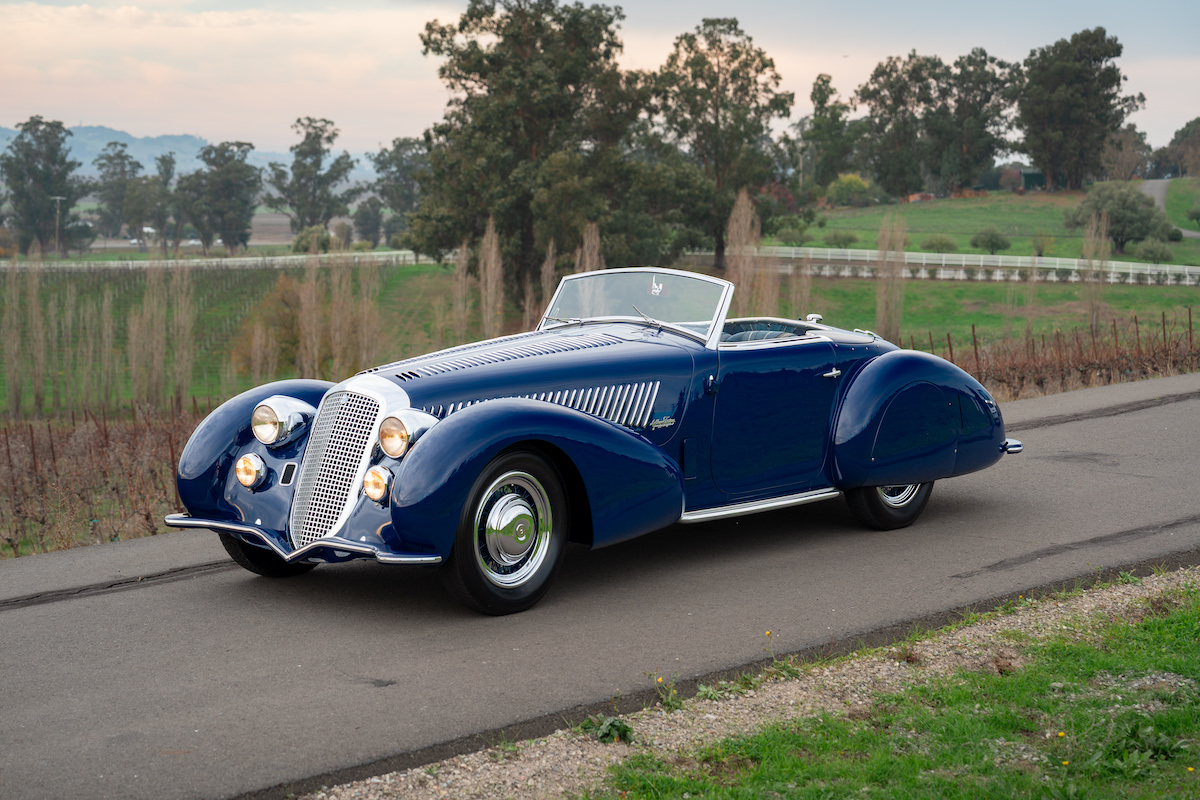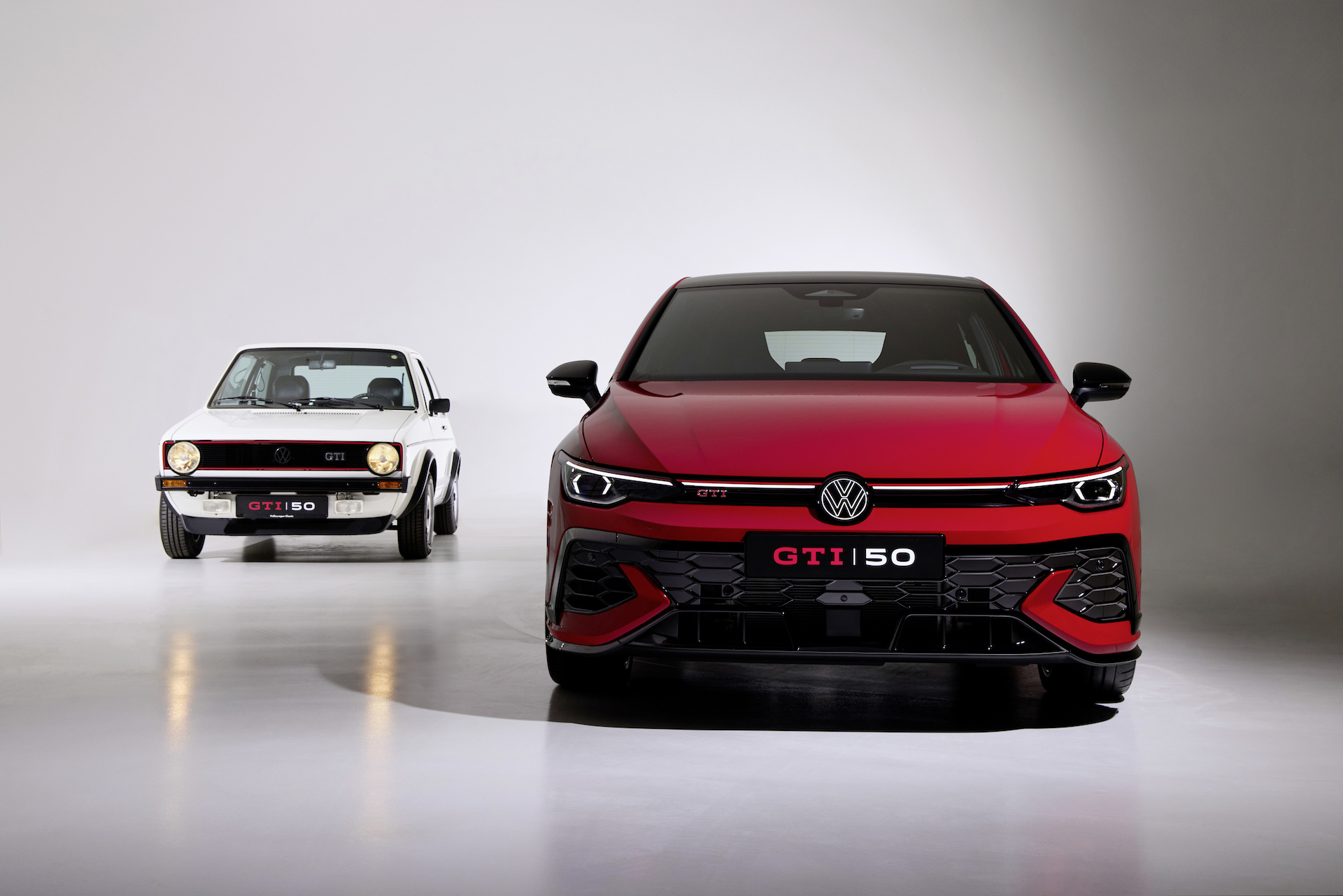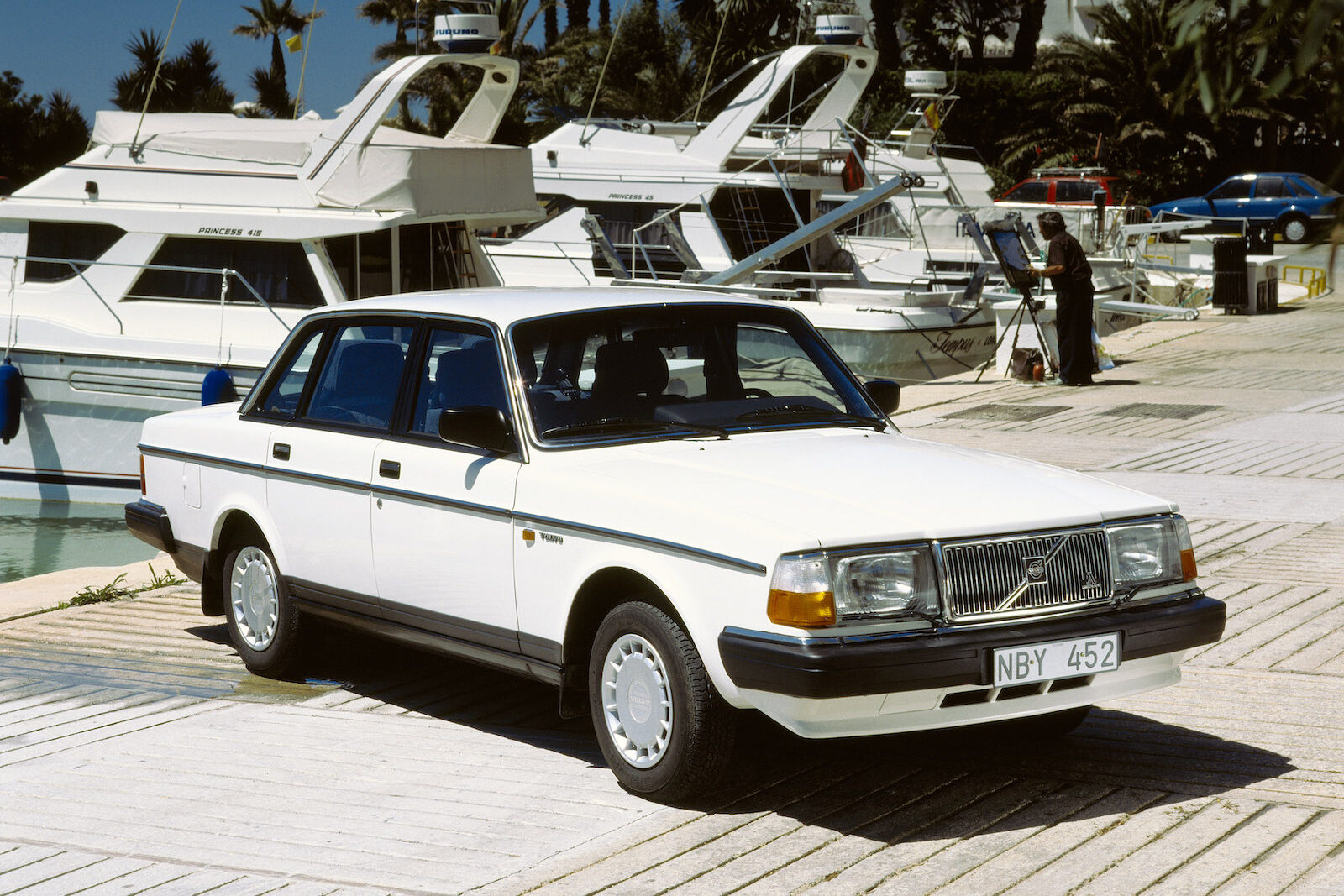Australia in the 1990s was a tough place to be selling $200,000 sports cars, but the arrival of Porsche’s 993 was perfectly timed to benefit from the light beginning to glimmer at the end of a long tunnel.
The early 1990s recession that beset the world and didn’t miss Australia began to abate during 1993, a year during which just 67 Porsche 911s were sold in this country. Two years later, with demand for the 993 growing, 241 cars were registered, giving Porsche’s rear-engined flagship a 7.4 percent share of an improving market.
Major changes to the 911 design had occurred during 1989 with the introduction of the 964 Series which brought a new body, engine and front suspension.
Just four years later, the familiar 911 body shape was again subject to change with smoothed lines and reshaped headlights. The updated and more powerful 993 Series appeared overseas from October 1993 and locally a few months later.
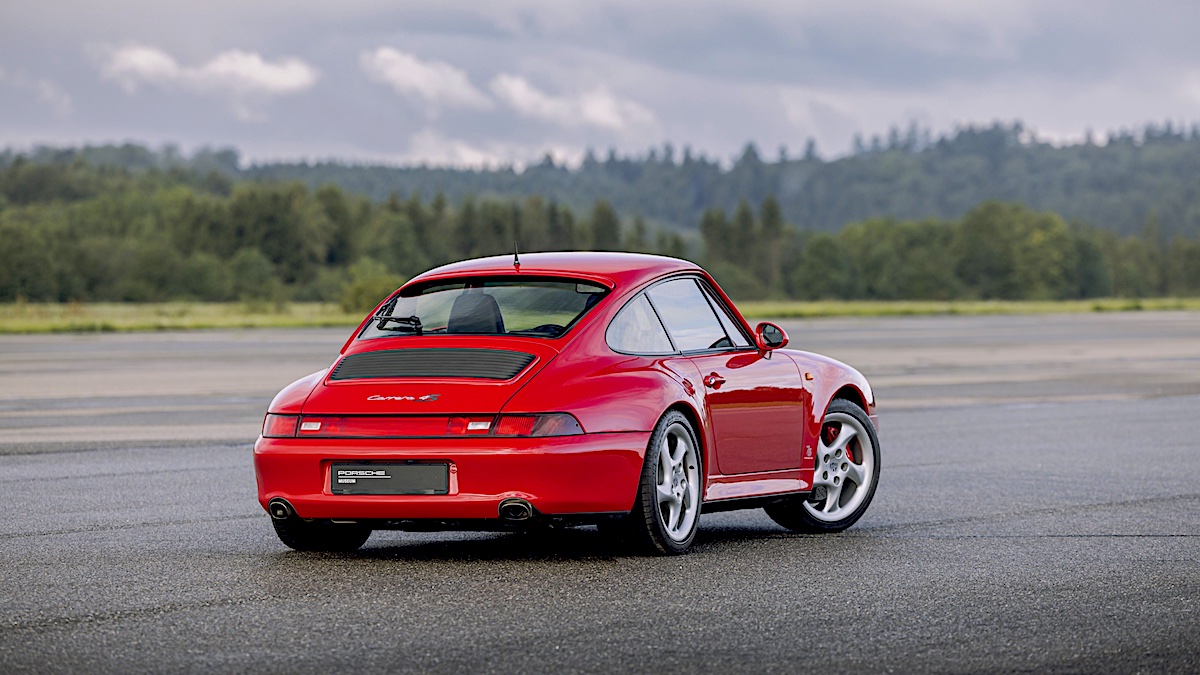
Porsche by that time had learned its lesson on pricing, with the 993, now boasting a more powerful 200kW version of the flat-six engine, selling at the same prices as the superseded 964, which had been subject to some aggressive price hikes during its model life.
A year later when an upgraded 210kW engine was installed, the price of a two-wheel drive Carrera coupe increased to $181,990 but then remained unchanged until 1997.
From 1994, the Carrera 2 had simply become known as ‘Carrera’ and was available as a coupe or soft-top Cabriolet. Targa models were eventually added to the range from 1996. For the first time since the variant’s 1968 introduction, these now featured a large power-adjustable sliding roof made of tinted laminated glass rather than a removable folding roof, eliminating the need for the usual roll-over bar. This same roof system was retained for Targa versions of the subsequent 996 and 997 generations.
The all-wheel drive system introduced during 1989 was retained for the Carrera, costing $20,000 more across the range than rear-wheel drive equivalents.
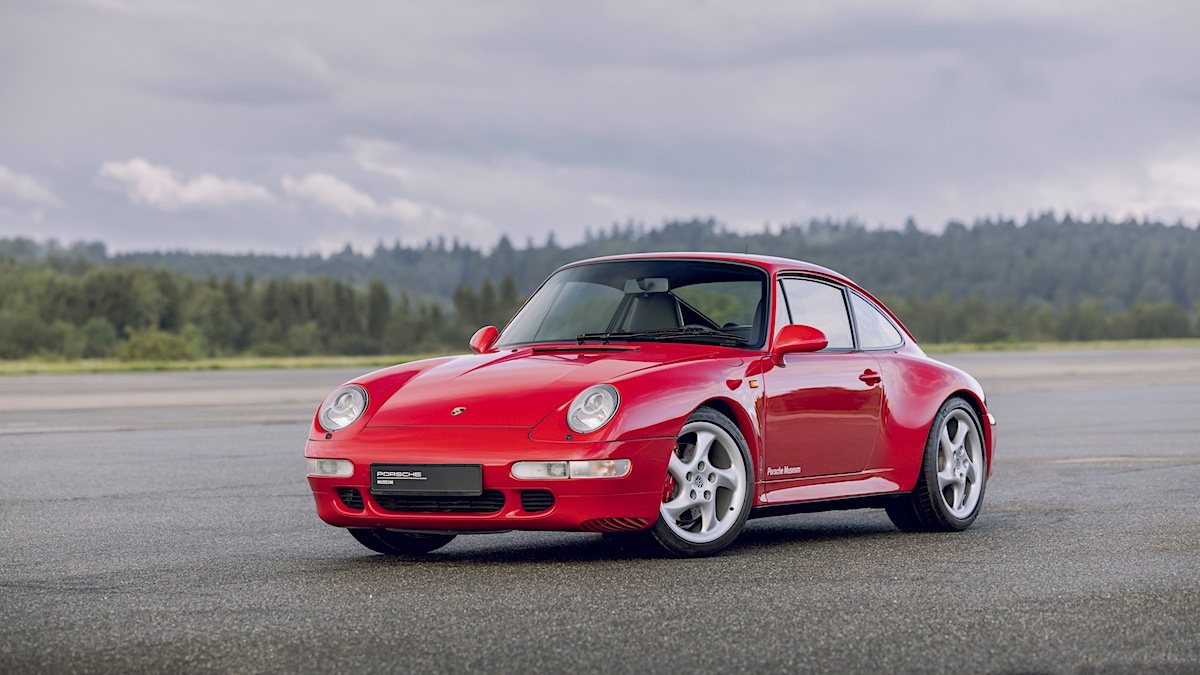
Beneath the 993’s slipperier shape was a redesigned multi-link rear suspension which was said to better exploit the grip offered by 17-inch wheels and 40-profile tyres. Changes to the 3.6-litre engine eliminated the need for frequent valve train adjustments.
Manual 993s were now six-speed instead of five, with the four-speed Tiptronic a popular option. It retained the clutchless central shift lever but now also came with shift controls mounted on the steering wheel.
Equipment levels were generally improved, with 993s including driver and passenger airbags, powered front seats with leather trim, air-conditioning and a CD player.
As the last Porsches to be built with air-cooled engines, the 993 occupies a special position in the brand’s history, even though values remain comparable to the preceding 964 series.

Despite this, some 30 years after their introduction, 993 Porsche 911s in most formats continue to sell at less than their new car prices, although the past five years have brought significant gains.
The cheapest 993s to sell recently at auction were two Cabriolets at $64,000 and $81,500, accompanied by several rear-wheel drive Carreras at $85,000 to $125,000. These cars when sold at retail are likely to start at $150,000, with Cabriolets $20,000 less.
Carrera 4 versions aren’t common and asking prices can average $30,000 more than a standard Carrera. These AWD cars in outstanding condition might exceed $200,000.
Unless legislation intervenes, there is every possibility that well-maintained 993s will retain their enthusiast and collector car appeal for decades to come.

Things To Watch Out For When Buying a Used Porsche 993 (1994-97)
- Porsche 993 models feature galvanised steel bodies which can rust in sections repaired after accident damage.
- Check that the retractable spoiler where fitted deploys above 80km/h.
- Complete service history is important, ensuring buyers are aware of impending maintenance.
- Ensure the Tiptronic system responds quickly, especially when downshifting.
- Inner-edge tyre wear signifies incorrect alignment and a likely need for suspension work.
- Leather, even in cars that haven’t seen significant use, can crack due to sun exposure.
- Check the air-conditioner operates efficiency, especially in cars that weren’t sold new in Australia.
Valuation Timeline: Porsche 993 (1994-97)
- 1995: $202,000
- 2005: $102,000
- 2010: $84,500
- 2015: $72,000
- 2020: $110,000
- 2025: $185,000 (993 Carrera 4 Coupe)
Retro Rides’ Investment Rating
- 7/10

